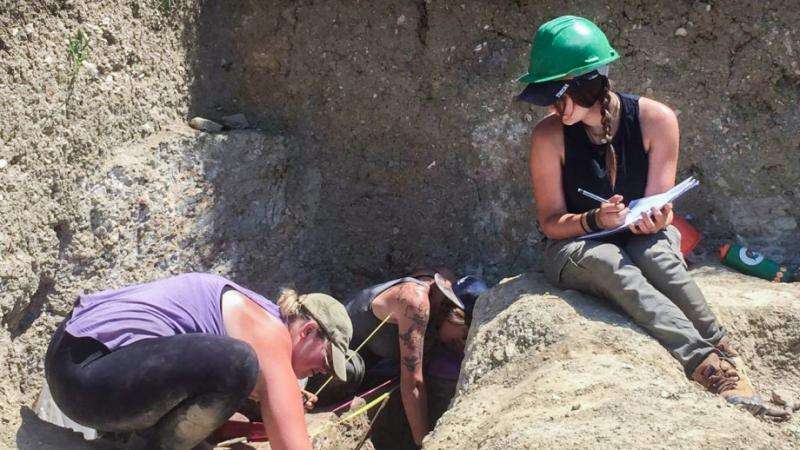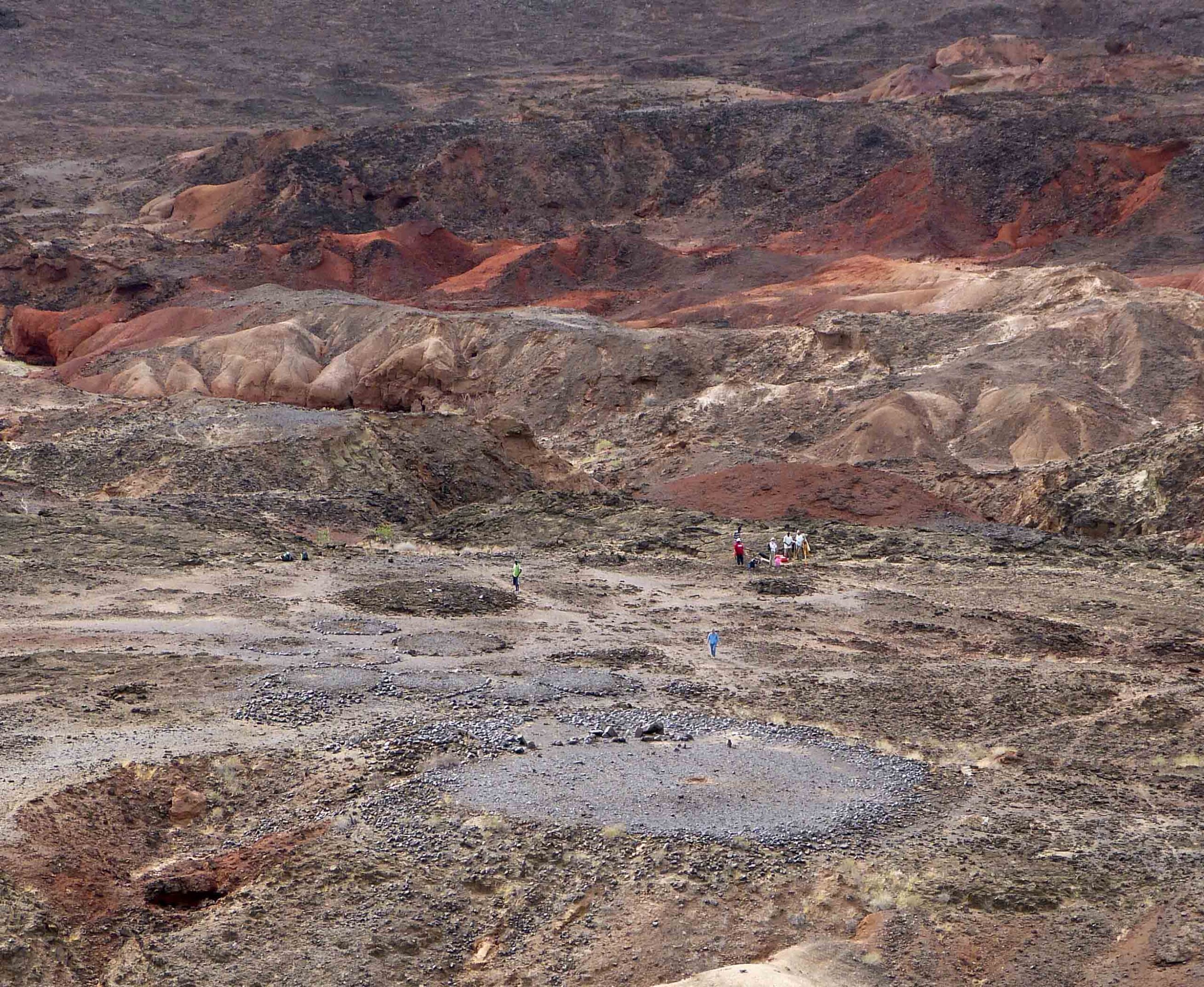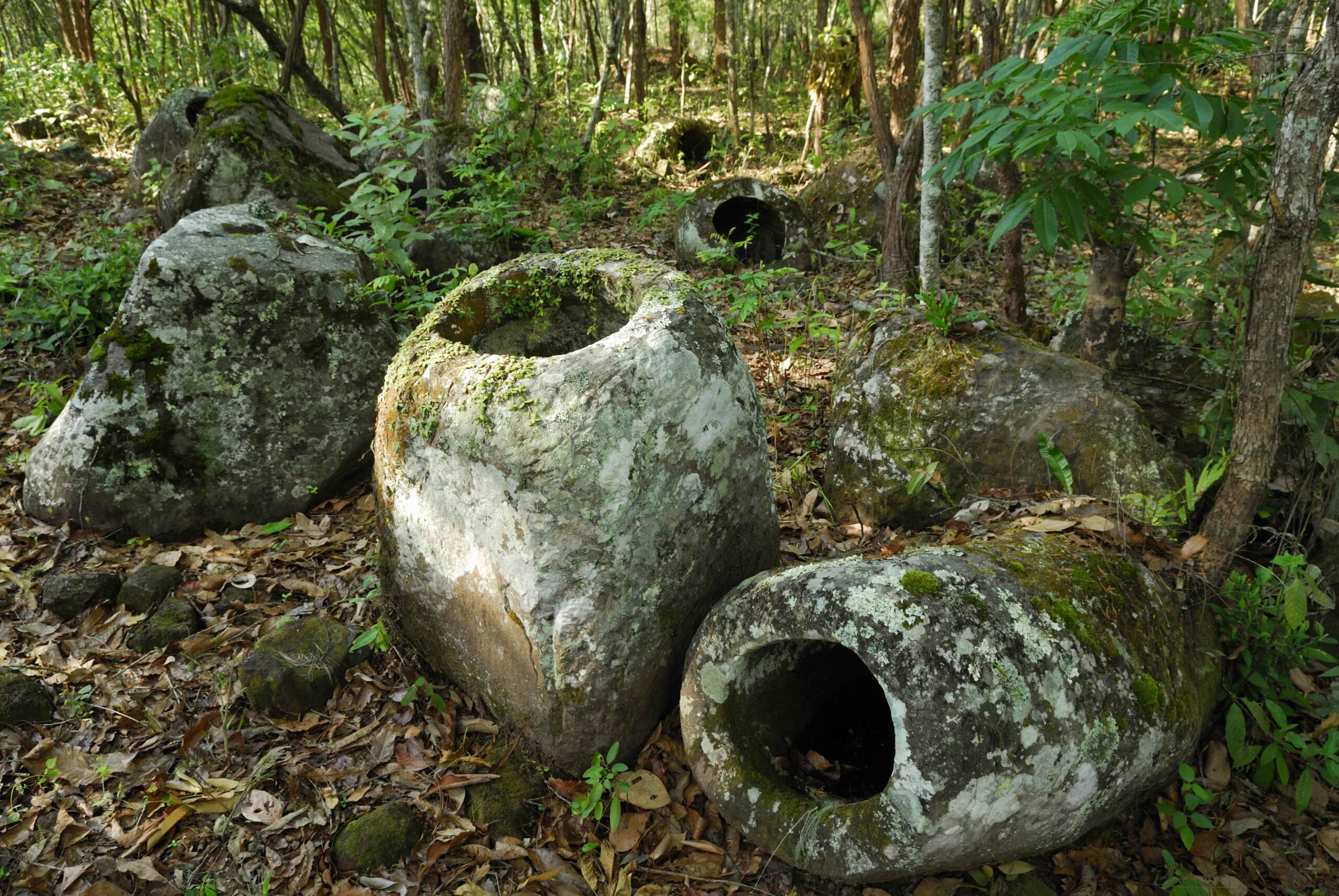
CANBERRA, AUSTRALIA—City News reports that students from Australian National University unearthed a total of 49 graves dating from the seventeenth to nineteenth centuries in a cemetery belonging to Transylvania’s Székely people, who migrated to Transylvania from Hungary in the eleventh or twelfth century. Most of the graves contained one or two small coins with the human remains, but one grave in particular yielded five large coins, which had been placed in the man’s hands, as well as brass buttons, ceramic buttons, and a leather liner. “He was very healthy, he had no indicators of disease,” said student Coco James. The skeleton, which did show some signs of trauma, was also rolled on its side and tilting downwards in the grave. The excavators think that the pallbearers may have lost their grip on the coffin during the burial, so that it rolled into the grave and landed upside down. The team members hope the excavation will provide additional evidence of the history of the Székely people, who rely on oral histories. For more, go to “Thracian Treasure Chest.”










